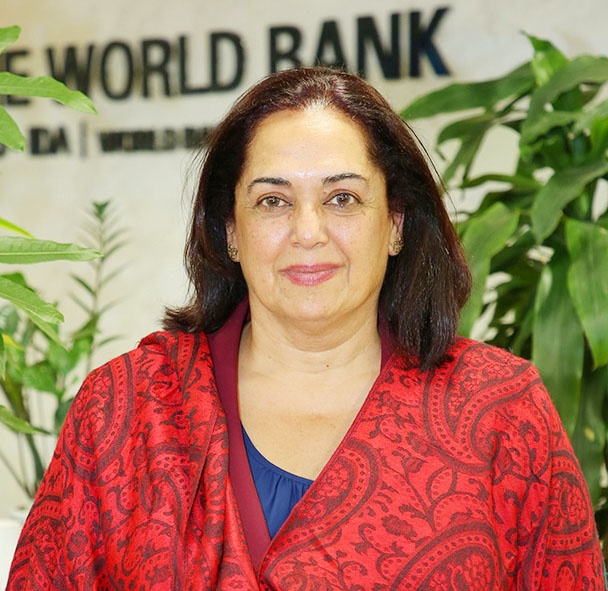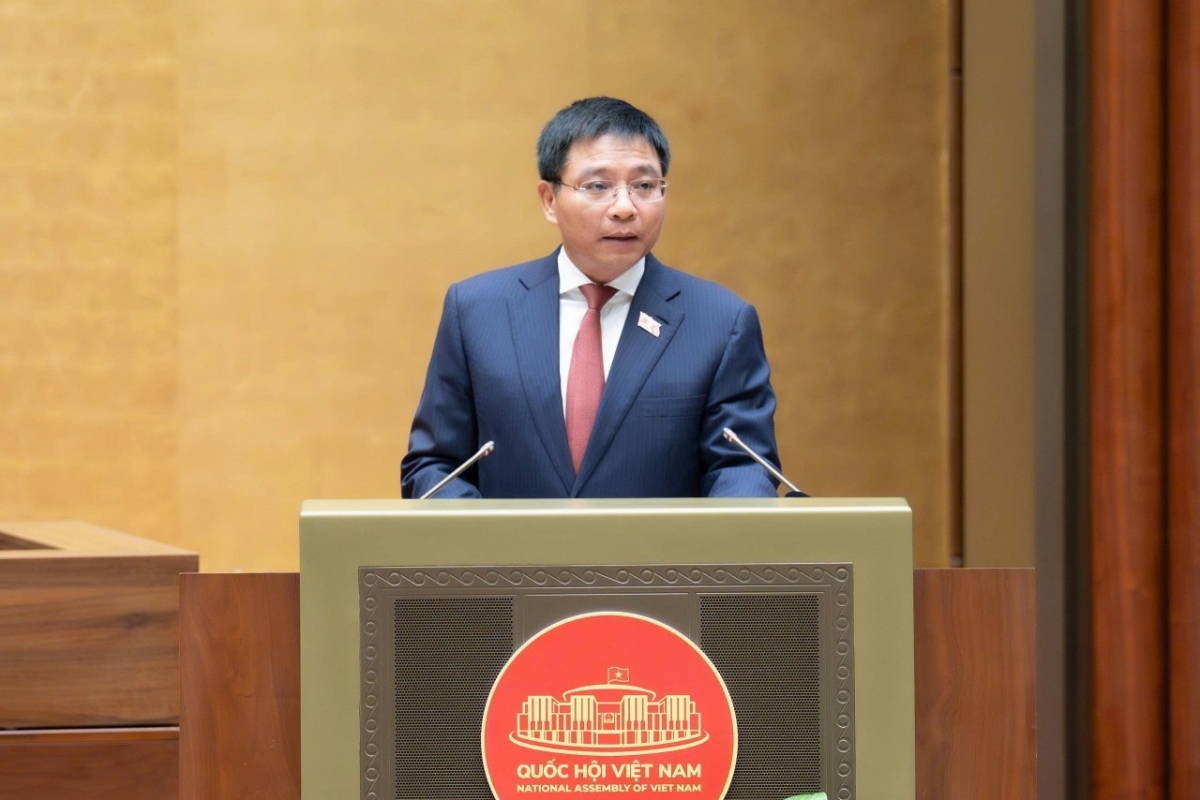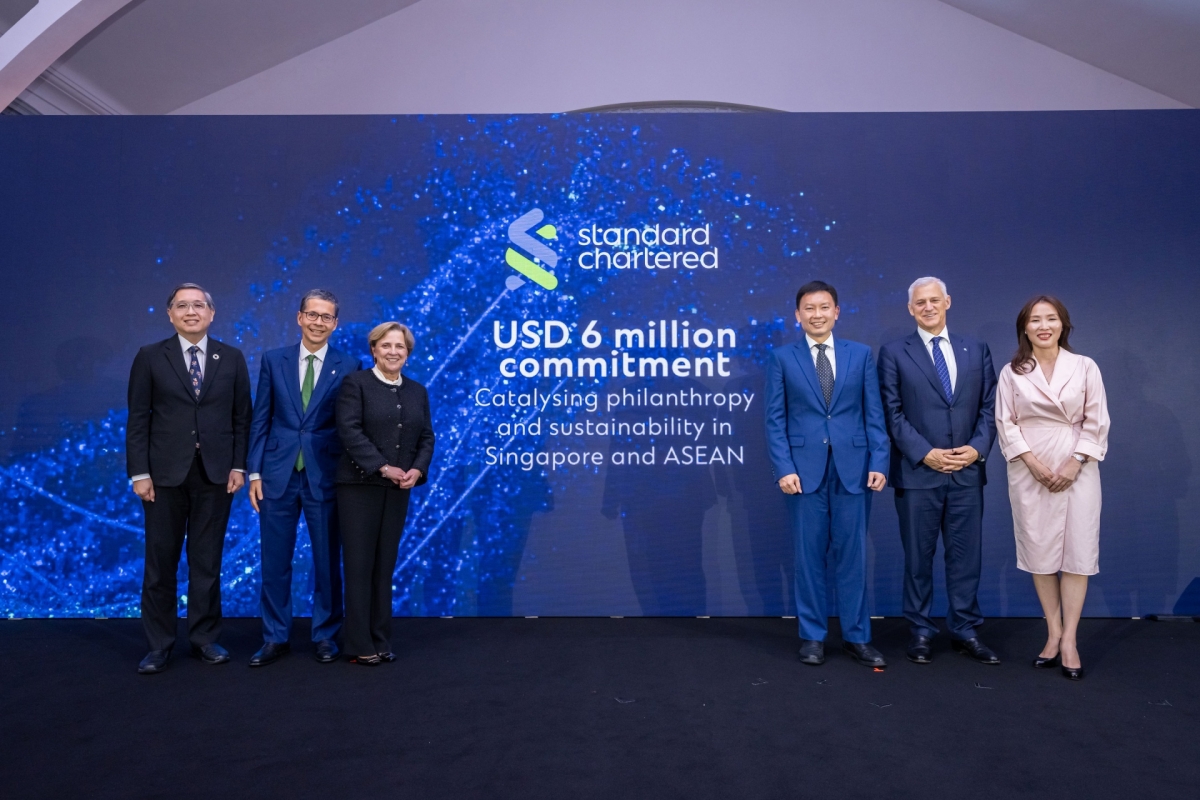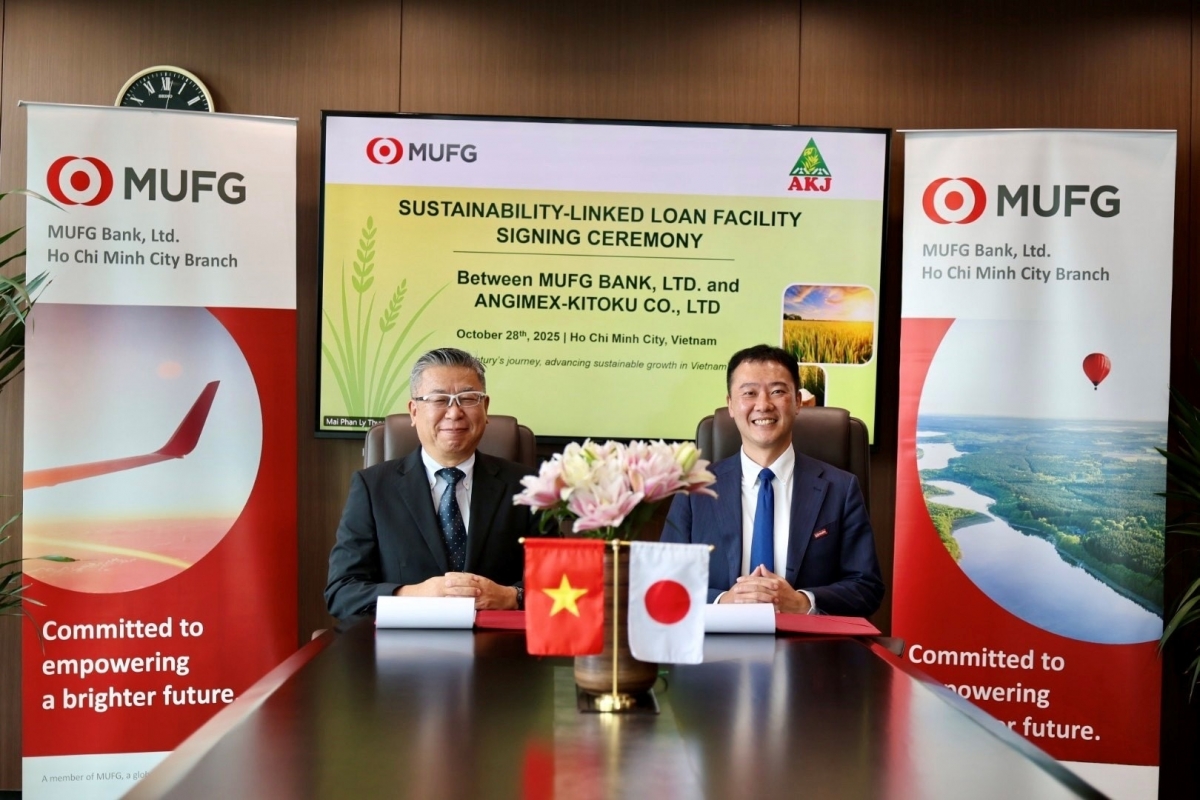INTERNATIONAL INVESTMENT
AND PORTAL
The current situation confronts Vietnam’s policymakers with the difficult task of balancing the need to provide continued policy support to solidify the recovery with the need to contain emerging inflation and financial risks.
High uncertainty will require the policy mix to be adapted to changing circumstances. Firstly, a more supportive fiscal policy stance could hedge against downside risks to growth. While Vietnam has fiscal space to act, the challenge is weak implementation. Addressing institutional bottlenecks that have led to the chronic under-execution of the public investment programme would make fiscal policies more effective.
 Dorsata Madani, Senior economist World Bank in Vietnam
Dorsata Madani, Senior economist World Bank in Vietnam
In the short run, the focus should be on full utilisation of the recovery policy package, adopted earlier this year with a strong push on project implementation. This would help bolster the domestic demand recovery in the near term while also boosting Vietnam’s long-term potential growth.
In addition, expanding targeted social safety nets would not only help buffer the effects of the fuel price shock and rising inflation on poor and vulnerable households but cushion impacts on private consumption more effectively than the current untargeted cuts in the environmental protection tax and proposed cuts of VAT and import taxes.
Secondly, heightened inflation risks call for agile monetary policies. Since core inflation remains in check and the economy is still below potential, current accommodative monetary policies appear appropriate for the time being. However, if upside risks to inflation materialise – with core inflation accelerating and headline inflation moving above the 4 per cent target set by the government – the State Bank of Vietnam (SBV) should be ready to pivot to monetary tightening to quell inflationary pressures through interest rate hikes and tighter liquidity provision.
Accompanying these steps with clear and forward-looking communication of monetary policy decisions would help guide market participants and ensure inflation expectations remain well anchored. Over the medium term, more fundamental reforms to enhance the SBV’s monetary policy framework and move towards inflation targeting would enhance monetary policy transmission and effectiveness. This could include steps to expand the tools available to manage liquidity as well as enhanced macroprudential measures.
Thirdly, emerging financial risks also need to be managed proactively to strengthen the resilience of the financial system. The rollback of forbearance at end of June was an important step to enable the better recognition of impaired loans. Building on this, it will be important to intensify prudential supervision and ensure banks fully comply with non-performing loan reporting and provisioning requirements to enhance their loss-absorbing capacity and resilience. If capital shortfalls arise, banks should be required to develop specific and time-bound recapitalisation plans. An effective corporate insolvency regime and a functioning banking sector resolution framework are also important to deal with potential insolvencies.
Finally, deeper structural reforms are critical to supporting potential growth in the medium run and making the economy more resilient and inclusive. Fiscal reforms should focus on stabilising revenue generation through tax policy reforms and enhancing spending efficiency to expand the fiscal space for spending on Vietnam’s social, climate, and other development objectives.
Promoting more public and private investment in climate change adaptation would help make Vietnam’s economy more resilient. This could be accompanied by policies to move towards Vietnam’s carbon neutrality target, including expansion of renewable energy and carbon pricing, which could also enhance Vietnam’s competitiveness in growing markets for green products and technologies.
While efforts to enhance the business environment are crucial to enabling job creation, policymakers should also take steps to reduce skill mismatches and improve the quality of Vietnam’s labour force.
After more than two decades of steady growth, Vietnam has set an ambitious goal of reaching high-income status by 2045. However, for Vietnam to reach high-income status (defined as per capita income of almost $12,700), it will need to exceed its historical growth rates achieved during the 1990-2020 period. In comparison, South Korea, which had the same per capita income in 1951 as Vietnam did in 1990, took 42 years to reach high-income status.
To achieve high-income status, the country’s latest Socio-Economic Development Strategy emphasises the need to accumulate more productive, physical, and human capital, and to use it more efficiently, in order to generate the productivity gains needed to replicate South Korea’s economic success. The strategy also recognises that economic growth to date has consumed Vietnam’s natural capital at an unsustainable rate.
A major recognition in the strategy is that the country’s economic transformation will greatly depend on better management of natural capital. Like most low-income countries, Vietnam has relied heavily on its natural resources for economic growth, using its extensive stocks of agricultural, forest, and mineral resources to drive development over the past two decades. The estimated value of Vietnam’s stock of natural capital accounted for about one-third of its wealth during 1990-2014, compared with 10 per cent in East Asia and 17 per cent in upper-middle-income countries. Such a reliance explains to a large extent the rapid degradation of the country’s net genuine savings from a peak of 25 per cent in the early 2000s to around 10 per cent by 2019. The deterioration of existing natural capital has been further exacerbated by insufficient maintenance and increasing climate risks.
Looking forward, Vietnam will need to shift from an arguably wasteful approach to economic expansion - as producers often use more land, water, wood, energy, and other resources per unit of output than in other countries - to a development model that manages natural capital more sustainably. Source: World Bank Group
By Dorsata Madani



















